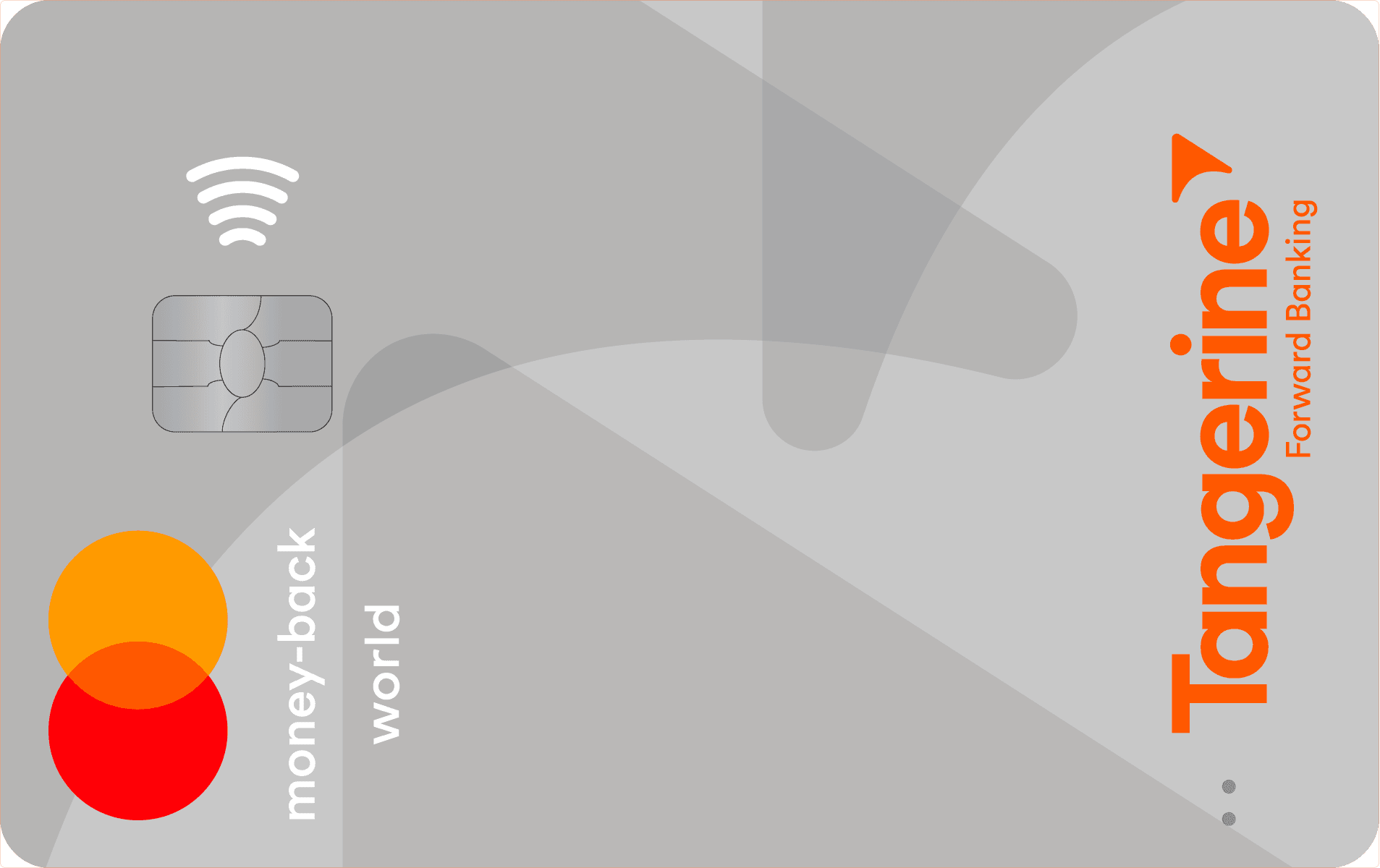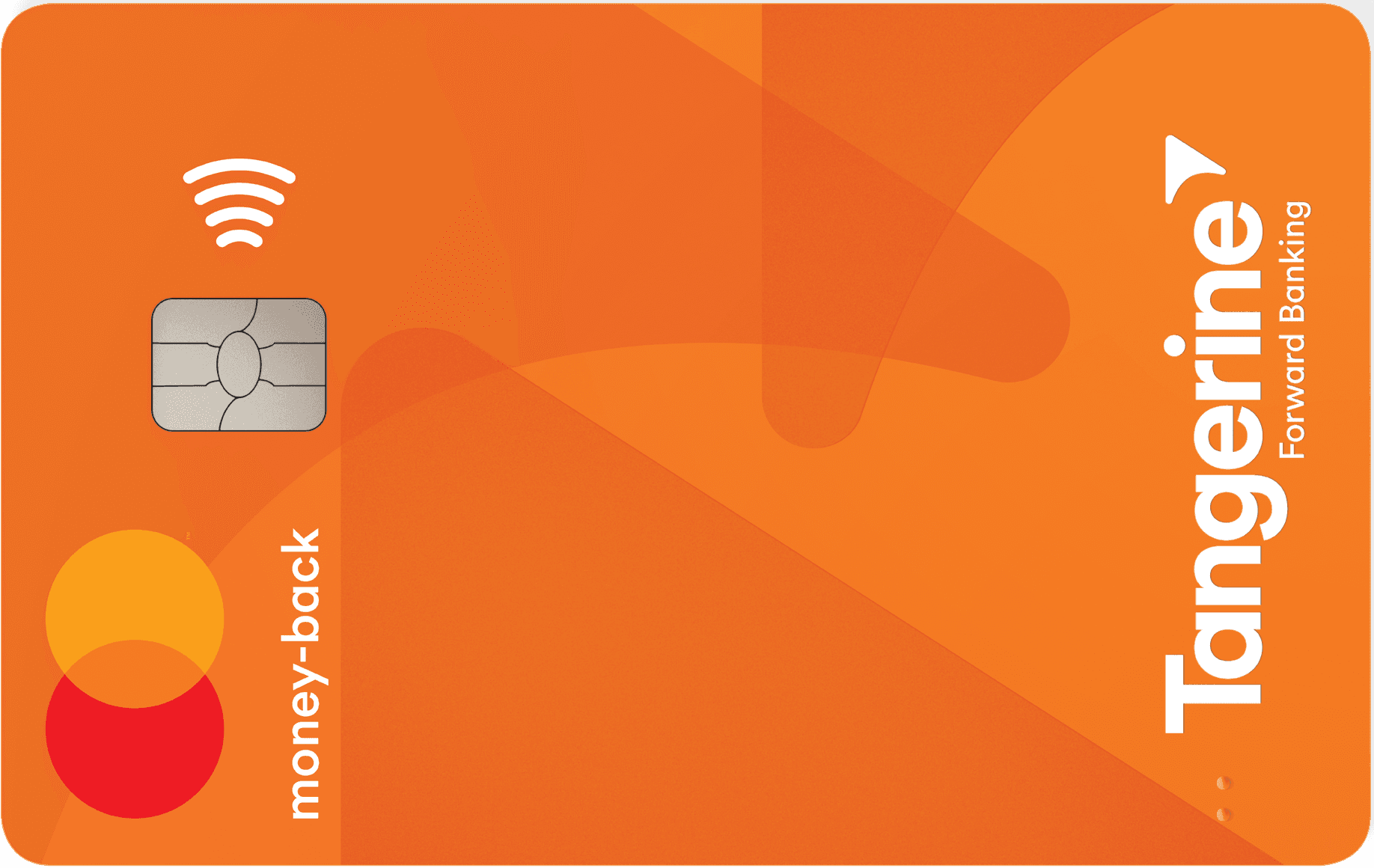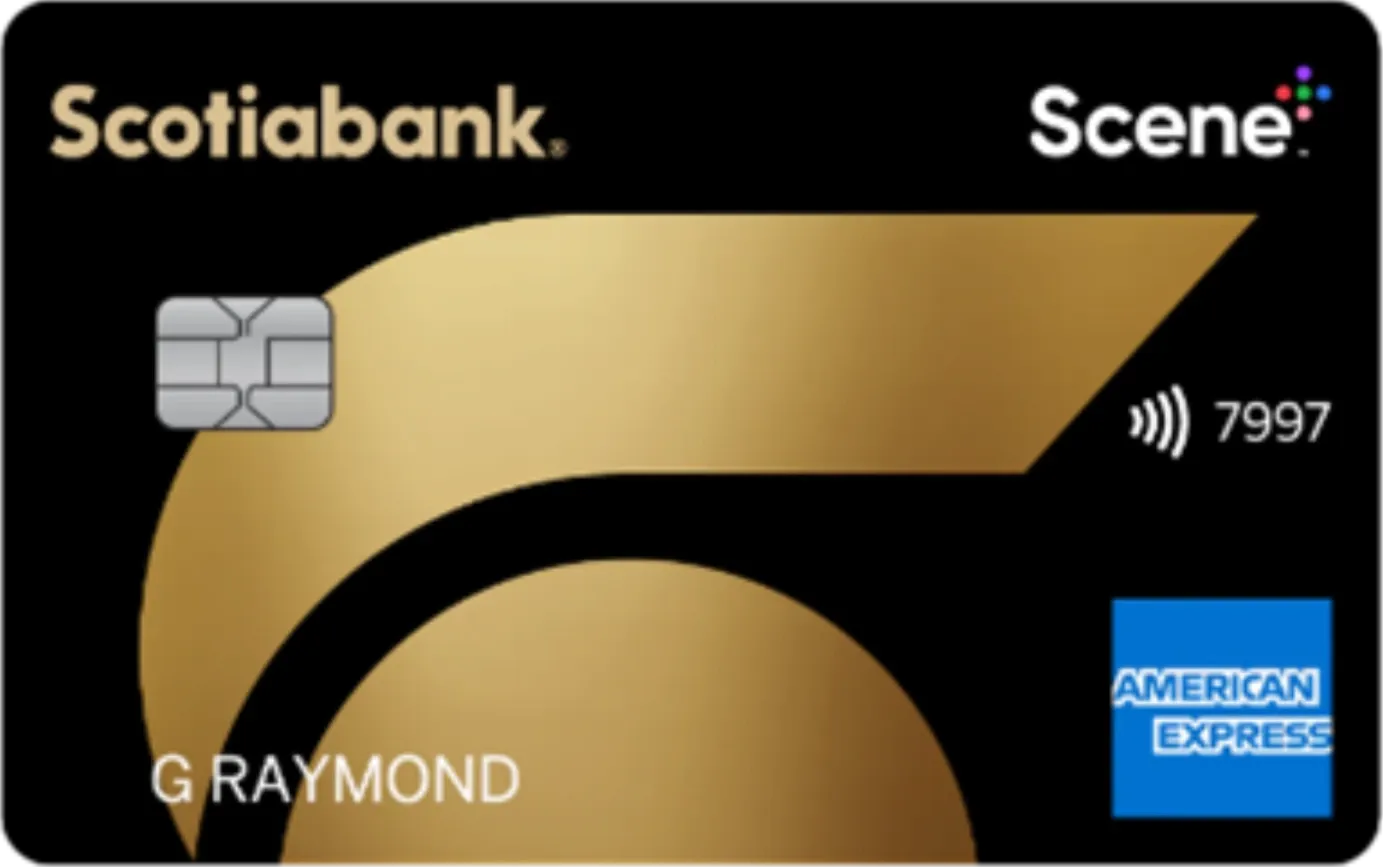Working hard in the background...
What is a Credit Card Billing Cycle?
Published Nov 25, 2025 12:52 PM • 8 min read
A good way to improve your money management and planning for future payments is to familiarize yourself with your credit card billing cycle. This cycle refers to the period of time between statement closing dates. Alongside your billing cycle, it’s also important to understand your grace period and your payment due date. How you approach your billing cycle – for example, whether you make your payments on time or carry a balance – affects your next credit card bill and sometimes, your overall credit score.
How Does Your Credit Card Billing Cycle Work?
Your billing cycle, sometimes referred to as a billing period or statement period, is the period from one statement closing date to the next.
Once your billing cycle comes to a close, you’ll receive a statement balance that combines the transactions from your cycle and any prior balances you may have carried over.
Your transactions could be composed of any of the following:
- Purchases
- Payments
- Fees
- Interest Charges
- Cash Advances
- Balance Transfers
After your billing cycle ends, your balance due date will follow in a few weeks. However, your next billing cycle will begin immediately. If you cannot pay off your balance in full by the due date, you’ll be expected to make a minimum payment.
Your payment due date is typically the same numerical date each month. If this date falls on a weekend or holiday, your payment will be due on the next business day. The actual amount of time between due dates may vary due to factors such as holidays and the varying number of days in each month.
How Long Is Your Credit Card Billing Cycle?
Typically, a credit card’s billing cycle lasts 28 to 31 days. After your cycle ends, your statement balance is due in about 21 to 25 days. This window includes a crucial “grace period,” which allows you to avoid interest on new purchases. However, this is not an automatic benefit. You only receive a grace period if you paid your previous month's balance in full. If you carry a balance, you lose this perk, and new purchases will begin to accrue interest immediately.
Where Can You Find Your Credit Card Billing Cycle?
You should be able to locate your credit card billing cycle on your monthly statement. On the first page of this statement, look for the beginning and closing dates of your billing period. Hopefully, your credit card company will highlight the length of your billing cycle, but if not, you can always count the number of days between the start and end dates featured on the statement.
Sometimes, your billing cycle is also outlined on your online account or corresponding mobile app. Otherwise, refer to your credit card agreement or call the customer support number on the back of your card.
Can You Change Your Credit Card Billing Cycle?
Generally, you don’t have control over the length of your billing cycle, but you might be able to request a new balance due date from your card issuer. This will require approval and could take a couple of billing cycles to kick in. There might also be limits on how often you can request this type of modification. To find out whether this change is possible for you, refer to your credit card’s terms and conditions or call your card’s customer service hotline.
How Does Your Credit Card Billing Cycle Affect Your Credit Score?
As mentioned previously, the best way to keep your credit in good standing is to pay off your balance in full as soon as possible, preferably sooner rather than later, to avoid appearing to have a high utilization ratio.
Your credit card issuer sends monthly reports to major credit card bureaus like Equifax and TransUnion, updating them on your balance insights. This transfer of information typically takes place at the end of each billing cycle and is received as a credit report that serves as a basis for your credit score.
The primary aspect of this report that will be taken into account is your credit utilization ratio, which refers to how much available credit you’ve spent by dividing your account balance by your card’s credit limit. You’ll always want to try to keep your utilization ratio under 30%, any higher could impact your credit score severely.
Even if you pay your bill in full each month, you could still have a high utilization ratio depending on when you make the payment(s). This is why it’s so important to know when your billing cycle ends, because that way you can pay your balance early, decreasing the amount that will be reported to the credit card bureaus. In other words, even if you paid off your balance, if the report has already been sent out, it could still appear as though you have a high utilization ratio. Timing is everything.
How Do You Optimize Your Credit Card Billing Cycle?
Now that you’re up to speed on how your billing cycle works and how it's connected to your credit score, you might be wondering how you can utilize this cycle to optimize your credit.
This is where timing becomes important yet again, because timing allows you to be strategic. As mentioned previously, the best way to keep your credit in good standing is to pay off your balance in full as soon as possible, preferably sooner rather than later, to avoid appearing to have a high utilization ratio.
If you can’t pay off your balance in full, luckily, you have the option to make a minimum payment. You’ll still want to make the minimum payment by the payment due date to avoid any late fees. Once you surpass 30 days from the due date, you enter dangerous territory where your credit score could be directly impacted.
In addition to payments, you can also plan your purchases according to your billing cycle. For example, if you know you need to make a large purchase, you can plan to do so at the start of your billing cycle so you have the rest of the cycle to pay it off, rather than leaving it to the last minute and risking it affecting your utilization ratio by showing up on your statement balance.
How Do You Keep An Eye On Your Credit Card Billing Cycle?
To complement that last section, here are some tips on how you can keep an eye on your credit card billing cycle so you can optimize your transactions:
- Please familiarize yourself with your credit card billing cycle: we’ve given you the tools you need to understand your billing cycle and how to find it, now it’s time to take a look for yourself.
- Check in on your balance statements: you’ll want to frequently monitor your balance statement throughout your billing cycle to ensure you’re familiar with all the activity taking place on your credit card.
- Use mobile banking apps and set up payment reminders when applicable: if your credit card or bank has an associated app, make sure you have it downloaded on your phone so all your information is available in the palm of your hand. If the app allows you to do so, you should also check if you can activate notifications for when payments are due.
- If possible, automate payments: if there’s a way to make any of your bill payments automatic, you might want to take advantage of that – this will take the responsibility of remembering off your hands, along with the money owed.
Conclusion
Your credit card billing cycle accounts for the amount of time between statement closing dates. During this cycle, your transactions are recorded to your statement balance, which will ultimately be due a few weeks after the billing cycle ends. This statement is shared by your credit card issuer to major credit card bureaus that control your credit score. Paying off your balance in full as early as possible can help keep your utilization ratio low – which is crucial since it directly affects your credit score. Keep tabs on your billing cycle, grace period, and payment due dates to map out the best times to make payments or purchases to optimize your credit score.
Frequently Asked Questions
Your statement balance is the fixed amount you owed on the day your billing cycle closed; this is the amount to pay in full to avoid interest. Your current balance is a live, running total of all your spending and payments, which changes with every transaction.
You will almost certainly be charged a late fee. However, issuers generally do not report a payment as late to the credit bureaus until it is 30 days past due. So, while you'll pay a penalty, your credit score won't be harmed if you pay it immediately.
Always try to pay at least the minimum amount by the due date. If that's not possible, contact your card issuer immediately—before you miss the payment. They may offer a hardship program or a temporary payment arrangement that can prevent damage to your credit history.
Trending Offers

Tangerine® Money-Back World Mastercard®*

Tangerine Money-Back Mastercard

Neo World Elite® Mastercard®

Scotiabank Gold American Express® Card
What's on this Page
- How Does Your Credit Card Billing Cycle Work?
- How Long Is Your Credit Card Billing Cycle?
- Where Can You Find Your Credit Card Billing Cycle?
- Can You Change Your Credit Card Billing Cycle?
- How Does Your Credit Card Billing Cycle Affect Your Credit Score?
- How Do You Optimize Your Credit Card Billing Cycle?
- How Do You Keep An Eye On Your Credit Card Billing Cycle?
- Conclusion
About the author

Sara Skodak
Lead Writer
Since graduating from the University of Western Ontario, Sara has built a diverse writing portfolio, covering topics in the travel, business, and wellness sectors. As a self-started freelance content ...
SEE FULL BIOAbout the editor

Abid Salahi
Credit Card Expert
Abid leads the design and engineering of the FinlyWealth website, making sure everything runs smoothly and looks great. He’s a seasoned software engineer who follows best practices and designs interfa...
SEE FULL BIO